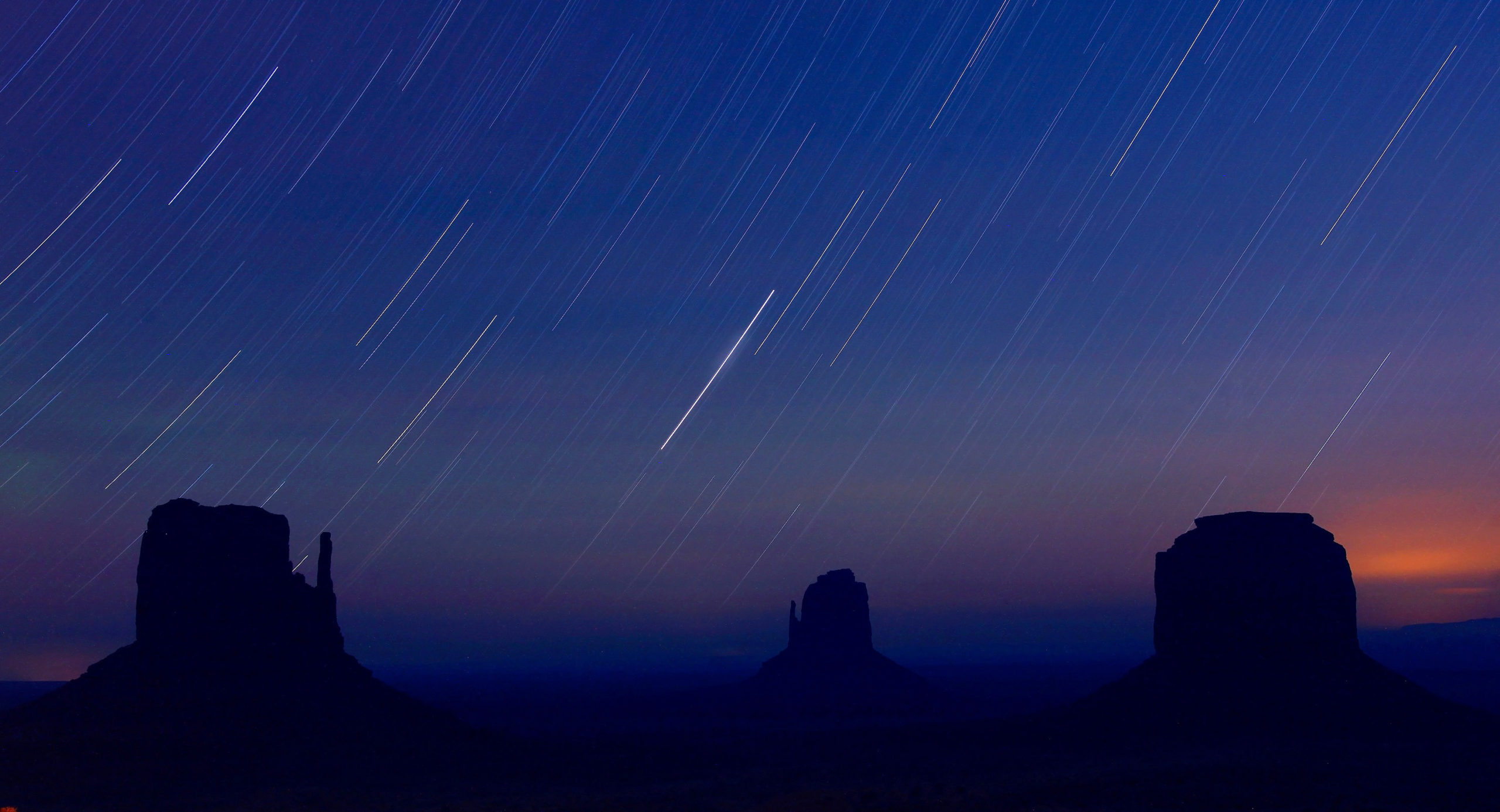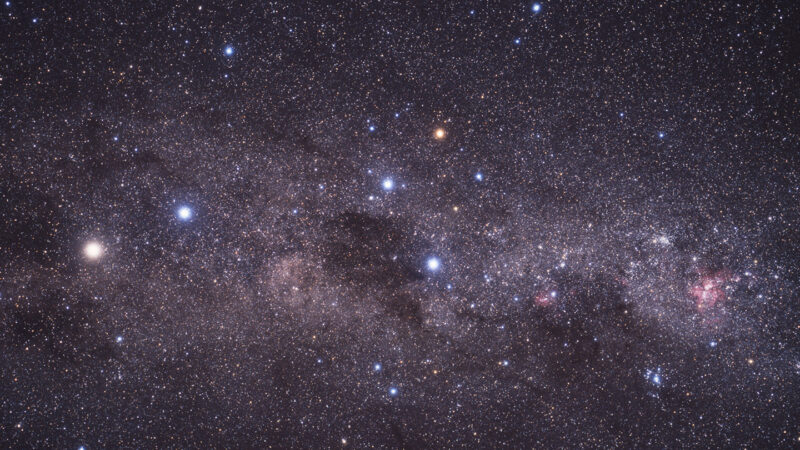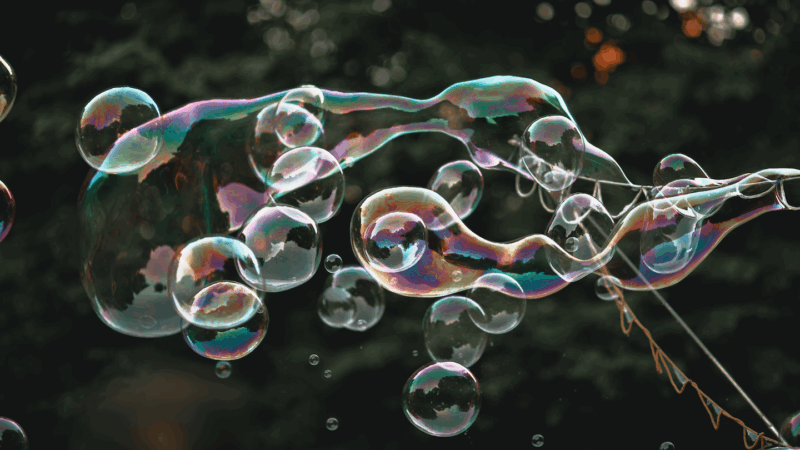It’s time for the Perseid meteor shower. The fantastic shower will peak over the next few days, August 11-13. If you find an dark area with clear skies, you should see quite a show.
It’s time for a shower! Not that kind of shower. It’s time for the Perseid Meteor shower. The Perseids are the first of three major meteor showers that occur at the end of the year. It is followed by the Orionids in October and the Leonids in November. The Perseid shower will peak over the next few days, August 11-13. If you find an dark area with clear skies, you should see quite a show. Of course, this means you might have to miss you bed time (pack the coffee). Keep reading for information about the Perseids and the best way to experience the shower!
What exactly is a meteor shower?
As comets travel through the universe, they leave a trail of dusty, icy debris behind them. As the Earth orbits the sun it passes through some these streams of debris. When this happens, the debris falls through the Earth’s atmosphere (in the case of the Perseid shower, the Earth passes through debris left by the Swift-Tuttle comet). The burning debris flies through the atmosphere at approximately 37 miles per second (60 km/second) and creates bright streaks of light in the sky. This light show is what we call a meteor shower. Depending on where the Earth and the debris meet, the meteors appear to fall or radiate from a particular place in the sky, often within the area of a specific constellation (astronomers call this spot in sky the radiant). Meteor showers are named for the constellation from which they seem to fall. For example, the Perseid meteor shower appears to radiate from the constellation Perseus which will rise in the northeast sky in mid August.
When should I watch?
The Earth will travel through the densest part of the Perseid debris at 9:00 PM EST on August 12. During this time, you may see 80 or 100 meteors per hour. Of course, if you are in a city or near bright lights, you won’t see this many. The best times to see meteors will be late night on (August 11) through the first light of dawn on Thursday (August 12), and then again during the late-night hours on Thursday (August 12) into the predawn hours of Friday (August 13).
What’s the best way to see the Perseid shower?
When it comes to viewing a meteor shower, you need darkness. The darker the better! That means you need to get away from the lights of civilization. Find a way to leave the lights of the city behind. Move to a darker area in the direction of the constellation. The Perseids will fall from the northeast sky, so you want to travel in that direction. Of course, you won’t be able to eliminate all of the light. There’s always the moon. However, there shouldn’t be much of a moon in the sky (new moon on August 11). It shouldn’t have much of an influence on viewing the shower. You’ll know you’ve found a good spot if you can see each star of the Little Dipper.
Once you have picked your spot, position yourself so that the horizon appears at the edge of your peripheral vision, with the stars and sky filling your field of view. Meteors will instantly grab your attention as they streak by.
What should I bring with me?
Think fireworks on the fourth of July. You’re going to be spending a lot of time in one spot looking up into the sky. You will need a comfortable chair or blanket to sit on. You may also want to bring some snacks, something to drink, bug spray, and red-filtered flashlights (to see in the dark without ruining your night vision). A telescope or binoculars won’t be necessary. You’ll be able to see most of the meteors with the naked eye. If you are a photographer, you may want to snap a couple of shots. Bring a tripod so that you can catch the particularly spectacular shots!
That’s about it. I hope you enjoy the show. For more information about the Perseid Meteor Shower, check out The Top 10 Perseid Meteor Shower Facts.

















